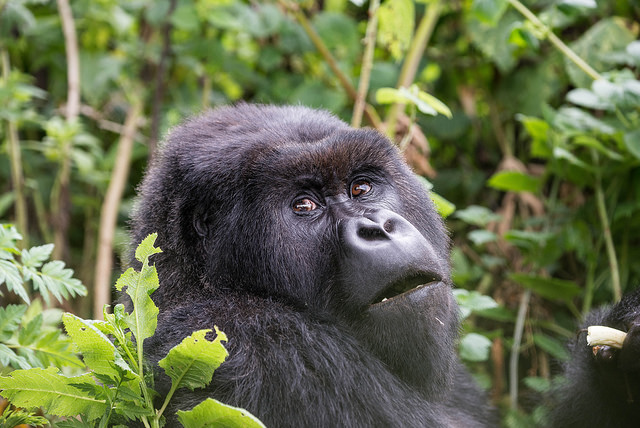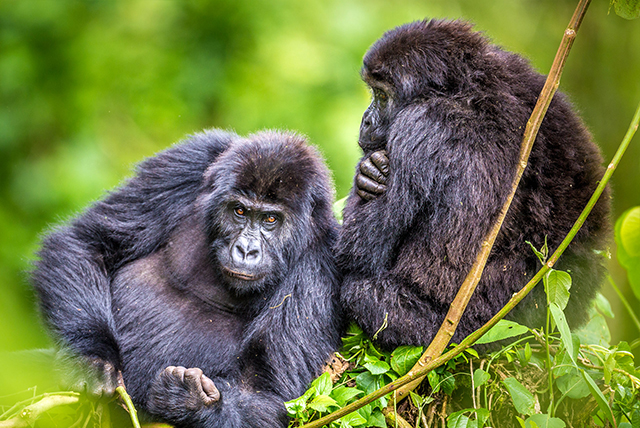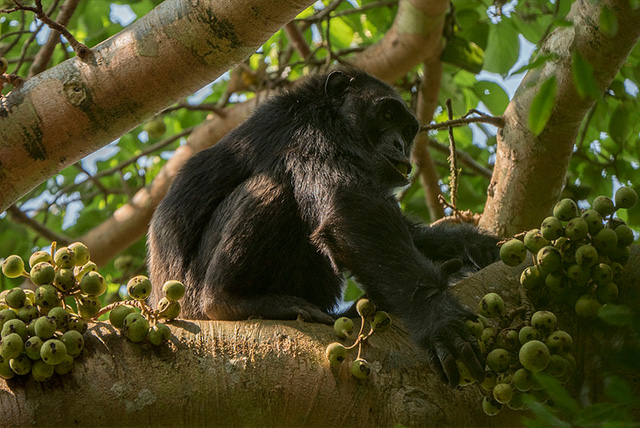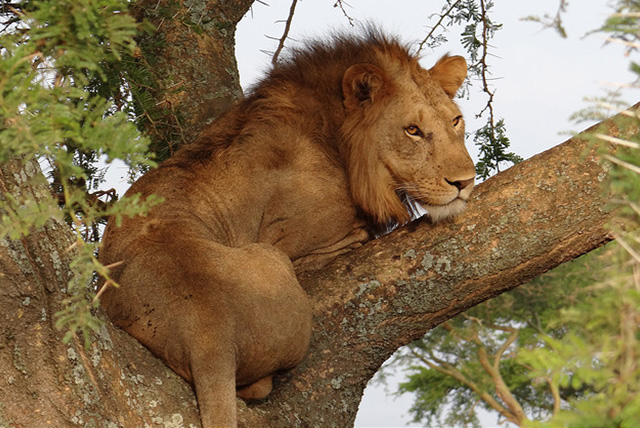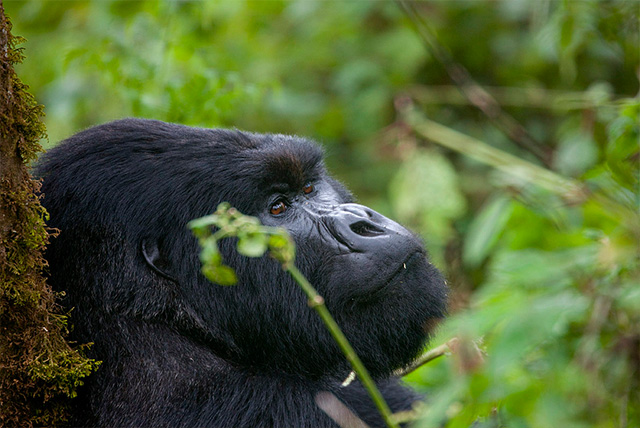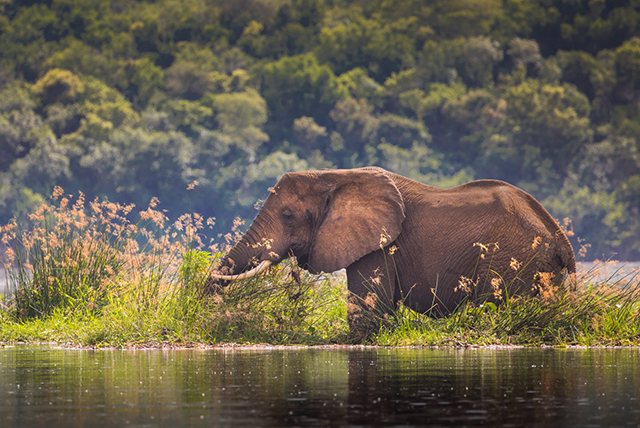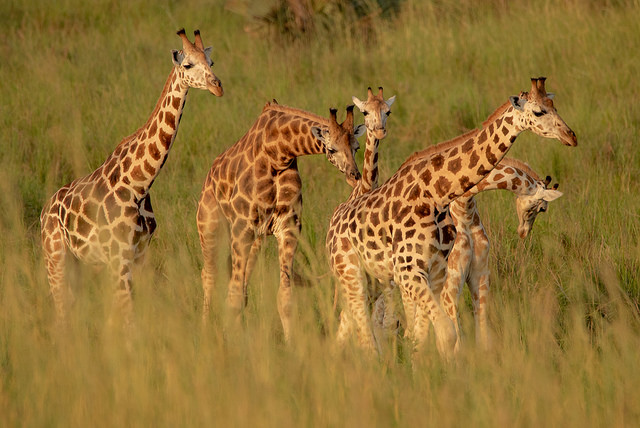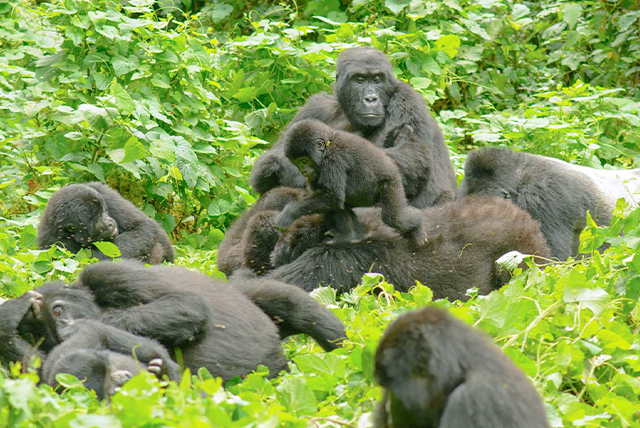Climbing Kilimanjaro
Mount Kilimanjaro Mt. Kilimanjaro, a dormant volcano in Tanzania, stands as a remarkable symbol of Africa, soaring to an astonishing height of 5,895 meters (19,336 feet) above sea level. She stands majestically above the Amboseli plains, encompassing an impressive area of approximately 750 square km (290 square miles).
On a clear day, Kili’s majestic snow peak can be spotted from 150 kilometres (93 miles) away. Uhuru Peak, the highest point on Kili, draws thousands of climbers each year. Yet, just 64% officially reach the summit. The lower summits of Stella Point at 5,745 meters (18,848 feet) and Gilmans’ Point at 5,681 meters (18,638 feet) humbly accept the remaining 36% for their valiant efforts. Nonetheless, every adventurer receives a certificate from the Kilimanjaro Parks Authority for taking on the majestic African giant.
The origins of the name Kilimanjaro remain shrouded in mystery, with various interpretations adding to its allure. “Mountain of Greatness,” some proclaim, while others see it as the “Mountain of Caravans.” In Swahili, there is a term, Kilima, that translates to “top of the hill,” and it might just be where it all began. However, the Chagga community residing on its slopes has a term, Kilimanjaro, which translates to “impossible journey.” Kilimanjaro is a captivating term that leaves a lasting impact on anyone who hears it.
WHEN TO GO The ideal time for climbing Mount Kilimanjaro is during the warm, clear days from mid-December to February or from September to October. From June to August, the time is perfect for trekking, though the evenings can get quite chilly.
The rainiest months are November, early December, and from March to the start of June, which can also bring a touch of snow.
The temperatures during the day on Kilimanjaro vary from a warm 28˚C (85˚F) to a scorching 38˚C (100˚F) in the lush lower forest, while at the summit, they plunge into the icy realm of sub-zero, ranging from −2˚C (28˚F) to −16˚C (3˚F). Typically, for every 200 meters gained in elevation, the temperature tends to decrease by one degree.
REACHING KILIMANJARO
KLM, Turkish Airlines, and Qatar Airlines offer direct flights to Kilimanjaro Airport (JRO). Additionally, Kenya, Ethiopian, British, SAA, and other airlines provide multiple daily flights to Nairobi, allowing for a seamless connection to Kili by road. Local airlines offer daily flights connecting Dar es Salaam with Kilimanjaro Airport.
Direct flights are available between Zanzibar and Kili. Kilimanjaro Airport lies approximately 50 km (31 miles) from Arusha and 45 km (28 miles) from Moshi. Arusha serves as a vibrant hub for countless explorers heading out on thrilling safaris in northern Tanzania. It could be a more economical choice.
There’s an overland shuttle from Nairobi that offers a thrilling five to six-hour drive, while the journey from Dar es Salaam to Arusha or Moshi spans an exciting seven to eight hours.
Exploring the majestic heights of Kilimanjaro
Mount Kilimanjaro stands as one of the rare high peaks that invites climbers to embark on an exhilarating journey without the need for technical gear. Many climbers journey up its welcoming slopes with a pair of trekking poles, while others opt for their photography gear.
However, the challenges of altitude sickness and oxygen deprivation may catch up to you before exhaustion halts your journey. At the summit, the oxygen levels can plummet to such uncomfortable heights that even the simple task of rolling up a sleeping bag can leave you feeling exhausted. It is essential to take your time as you walk and climb, allowing your body to adjust to the changing oxygen levels around you.
Kili attracts a vibrant gathering; around 12,000 explorers journey to Tanzania annually to embrace the climbing challenge. Every climber typically has a team of four to six individuals by their side, consisting of guides, porters, and a cook.
The cost to enter the park is approximately $70 per person, plus an extra $20 for the rescue fee, not including VAT. Ensure that the trekking company incorporates these charges into your trekking fees.
Essential Tips for Climbing Kilimanjaro
Organize your Kilimanjaro climbing expedition with a licensed operator that employs registered local guides, shows compassion towards porters, and adheres to a sustainable travel policy.
Ensure your operator is aware of your health issues and can collaborate with you to ensure your safety before you embark on your journey.
Select your trekking path based on your desires: the level of challenge, breathtaking views, accommodation style, and group size.
Engage in some physical training a few weeks prior to your journey—this not only strengthens your muscles but also readies your mind for the exciting challenges ahead. Engaging in squats, building endurance, and spending countless hours trekking uphill with a pack will prove advantageous.
Altitude sickness and its symptoms pose significant challenges for many climbers; equip yourself with the right guidance and ensure you have the essential medication on hand. Consider dedicating a day or two at the foothills to acclimatize, or perhaps tackle the nearby Mt. Meru first.
Ensure you have plenty of drinking water; aim to consume 3–5 litres daily. The guideline suggests consuming 1 litre for every 1,000 meters (3,280 feet) of elevation gained.
Capture the moments; tread lightly on the earth.
Where to Begin the Journey
Many trekking groups heading to Kilimanjaro set off from Moshi, a lively little town nestled at the foot of the mountain, where vibrant tourist stalls, inviting restaurants, skilled tailors, and convenient banks fill the streets.
Here, you will discover your registered guides and licensed trekking companies ready to lead your ascent.
Consider Kiliworrior Expeditions; they provide outstanding personal service and actively participate in the significant Kilimanjaro Cleanup, a project that removes thousands of pounds of waste from the mountain annually.
Paths to Conquer Kilimanjaro
Kilimanjaro offers eight popular paths to reach the summit: Marangu, Rongai, Shira, Lemosho, Machame, Umbwe, Mweka, and the Northern Circuit—all equipped with long-drop toilets.
The Marangu route, known for its popularity, offers a thrilling five-day journey to the summit. It offers lodging in cozy huts featuring bunk beds, communal dining spaces, and modern flush toilets. Some huts are equipped with showers heated by the sun. The alternative paths, spanning a minimum of six days of trekking, necessitate camping under the stars.
Rongai (or Loitokitok) offers a serene experience as it lies near the Kenyan border, quite a distance from Moshi. In addition to Marangu, specialists consider Rongai to be a more accessible path.
Shira, Lemosho, and Machame present a challenging journey, yet they offer breathtaking views as they traverse through the unique geographical zones: forest, shrub land, alpine desert, and snowfields.
Umbwe offers the most challenging and straightforward path to the summit, while Mweka serves solely as a descent from the western side.
The Northern Circuit spans eight or nine days through the untamed beauty of the park, where you will encounter minimal foot traffic. It is the sole path to traverse the northern face.


